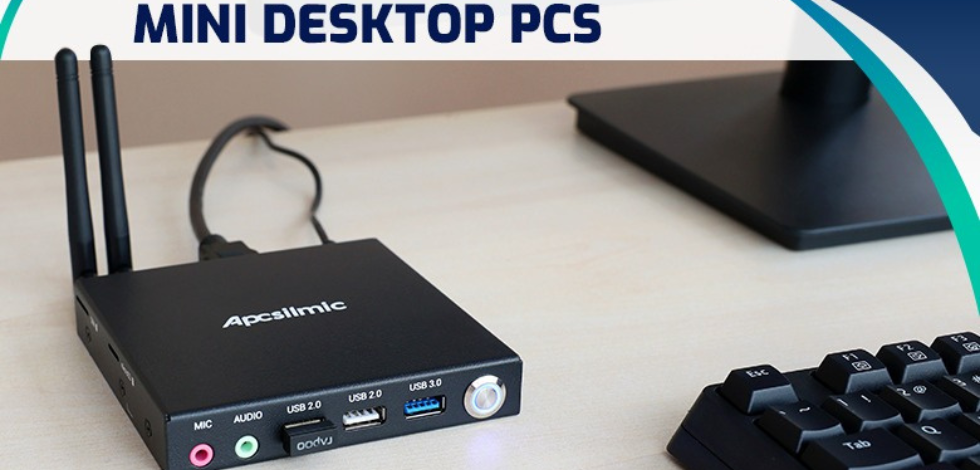There have always been doubts about the performance of mini PCs. However, with some mini desktop PCs outperforming laptops, the tiny PCs have proven otherwise. What could be better than powerful hardware in a compact form? Having a mini PC that packs enough power and performance for your needs is great.

You have plenty of options at your disposal now whether you want to purchase an entry-level mini computer or a powerful gaming mini PC. Regardless, it is important to know a few things about mini PCs before buying one. In this article, we will outline six things you should know and consider before buying a mini PC.
Mini PC Does Not Come With Peripherals

Before buying a mini PC, keep in mind that it does not come with peripherals. You need to purchase a display, a monitor, a mouse, and other peripherals separately. You don’t have to spend extra money on peripherals if you already have old or spare ones with you. You can recycle those and connect them with your mini desktop PC and you are good to go. You can connect the display or multiple displays depending on the number of HDMI ports on a mini PC. However, you would have to buy a USB or Bluetooth keyboard and mouse since mini PCs do not feature PS/2 ports.
Make Your Choice: Barebones or Ready-to-go
Barebones and ready-to-go machines are variants of mini desktop PCs with their sets of pros and cons. Barebones kits are the economic option of the two since you get just the case, the motherboard, and a processor in the package. Additional costs are involved to add the hard drive and RAM to the system. Because of the easy upgradability, barebones like Intel NUC Mini PCs are famous amongst tinkerers and gamers. Ready-to-go machines, as the name implies, are devices that include everything that you need in a ready-to-use device such as a hard drive, RAM, and Operating System as well. Ready-to-go mini PCs are more expensive than barebones. These mini computers offer limited upgradability and expandability and are best for daily use. One such ready-to-go device is Dot 1 Mini PC, offering energy efficiency and a small form factor at a reasonable price.
SSD Vs. HDD: Which Hard Drive is Best for You?
Choosing the right hard drive is the key to optimal computer performance. If you’re installing a hard drive to your barebones kit, you have to choose either HDD or SDD. Both the storage devices have their advantages and disadvantages. A solid state drive (SSD) is faster and more expensive than a hard disk drive (HDD). SSDs are not only faster but quieter as well. For these reasons, SDD is the go-to choice for gamers and professionals. On the other hand, a hard disk drive (HDD) is slower but also cheaper of the two. If you measure cost per capacity, HDD makes the cut as it is much cheaper to get extra space in HDD. HDD is best suited for casual users or users who need extra storage for files.
Choose the Right CPU
The processor is one of the most vital components of a computer. It is then crucial to pick the right CPU according to your needs. Your usage will determine your choice of CPU.

If you need the mini PC for basic tasks like internet access, web browsing, emailing, or even a workstation, then you should consider ARM processors for a change. ARM-powered mini PCs are ideal for daily use as they offer optimal performance for basic tasks while consuming very little power. On top of energy-efficiency, ARM based mini PCs do not overheat as well. However, if you are purchasing a mini PC for graphic-intensive tasks, then you would have to go for high-end, powerful processors by Intel or AMD. For example, a processor like Intel Core i9-12900K is suitable for graphically demanding games.
How “Small” Should Your Mini PC Be?
You probably think that you don’t have to worry about the size of a mini PC. After all, the entire point of purchasing a mini computer is its small form factor. That is not completely off the mark, although you still need to check the size of your mini PC and whether it would fit behind your monitor.
Many people wish to mount their mini computers to the back of monitors to make them invisible. To ensure that, you should check the size of the mini PC before buying it. You can also see if your thin-client PC comes with a mount bracket or if you have to purchase one yourself.












Add Comment